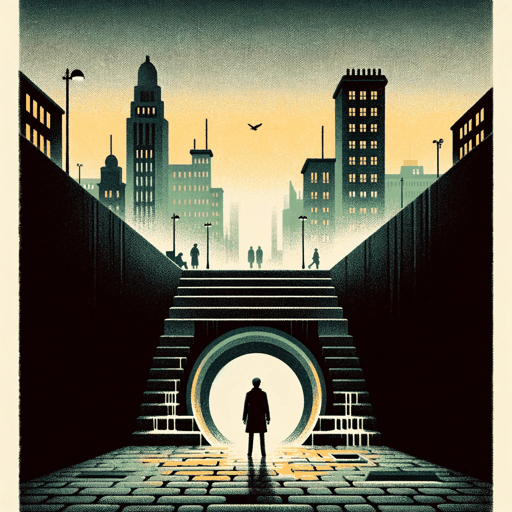28 pages • 56 minutes read
Richard WrightThe Man Who Lived Underground
Fiction | Short Story | Adult | Published in 1942A modern alternative to SparkNotes and CliffsNotes, SuperSummary offers high-quality Study Guides with detailed chapter summaries and analysis of major themes, characters, and more.
Story Analysis
Analysis: “The Man Who Lived Underground”
“The Man Who Lived Underground” opens in medias res (in mid-narrative). Fred, whose name isn’t revealed for many pages, is on the run, and has “got to hide” (19). The narrative provides no time and little cues to adjust to Fred’s reality, giving the story a visceral closeness and a disorienting sense of immediacy. That is, it reveals nothing about who Fred is or what he may or may not have done but is immediately in his head, experiencing his fear and dread. Wright never lets up on this proximity and stress throughout the story, perhaps to convey the psychic terror of being a Black man in America firsthand. Fred’s reality is shocking. He wakes up with “the idea that he had been dreaming” (20) and had just been awakened while on the run. The story mimics Fred’s state of mind as between a dreamlike state and a cruel reality.
Related Titles
By Richard Wright

Big Black Good Man
Richard Wright

Big Boy Leaves Home
Richard Wright

Black Boy
Richard Wright

Bright and Morning Star
Richard Wright

Native Son
Richard Wright

The Man Who Was Almost a Man
Richard Wright

Uncle Tom's Children
Richard Wright

